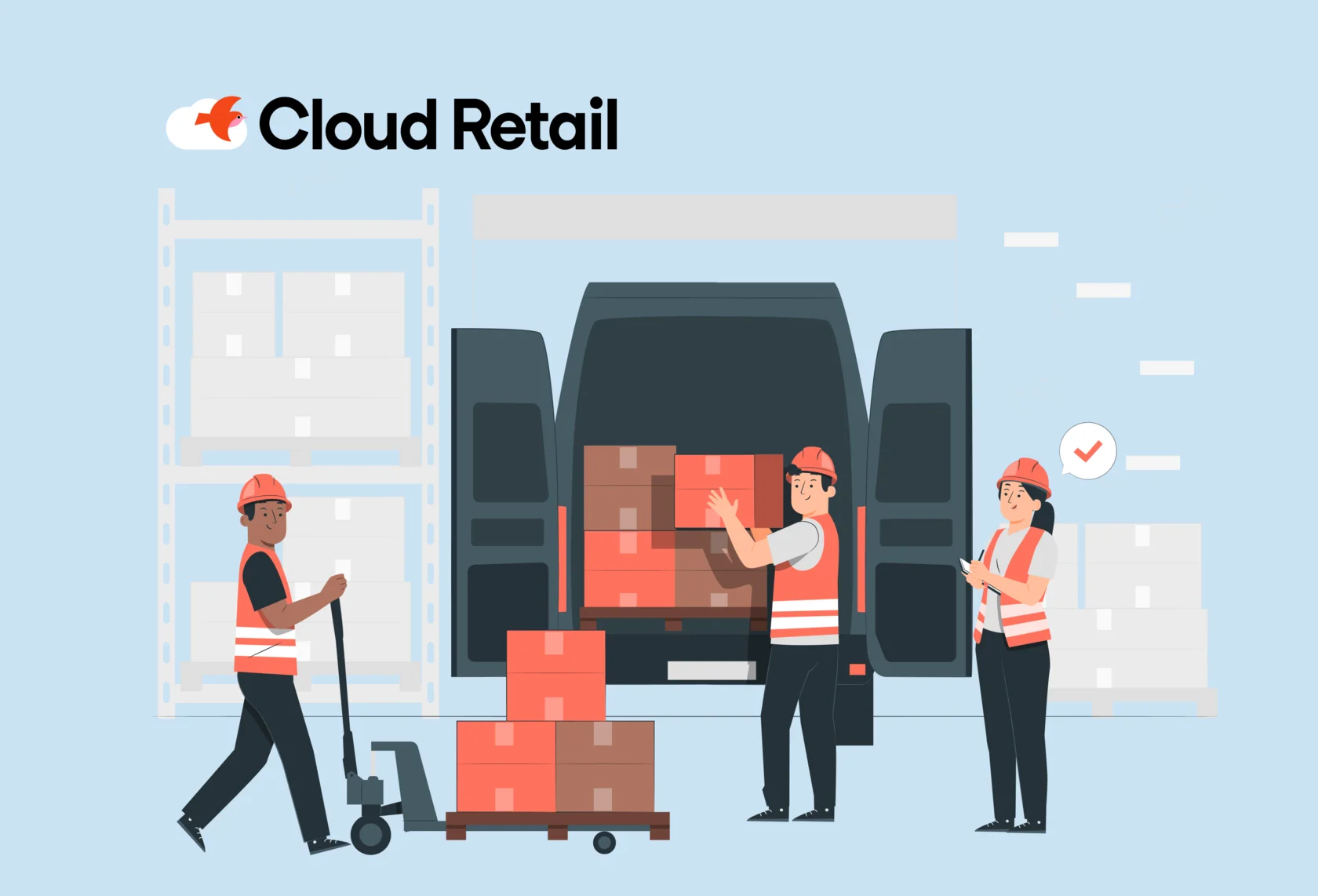Choosing an eCommerce Platform in 2025: The Reality Check Before Scale
 James Wall
·
2 minute read
James Wall
·
2 minute read
Where most platforms start breaking: real operations at scale
On demos, most eCommerce platforms look good. They get you online, let you list products, and handle some orders.
But once daily operations kick in, the real differences show up. That’s where many businesses run into problems they didn’t see coming.
A fast launch looks good — until gaps start showing up and become expensive to fix.
If you’re evaluating platforms right now, here’s what you should pay attention to — based on what actually happens in operations, not on sales demos.
But once daily operations kick in, the real differences show up. That’s where many businesses run into problems they didn’t see coming.
A fast launch looks good — until gaps start showing up and become expensive to fix.
If you’re evaluating platforms right now, here’s what you should pay attention to — based on what actually happens in operations, not on sales demos.
1. Can the system handle real operational scale?
The question isn’t how many features it has. It’s whether the system holds up when daily order volumes start growing.
Many companies make the same mistake: they choose a platform based on what they need today. But order volumes change fast. What works at 200 orders a day may start lagging badly at 1,000 or 5,000.
The architecture needs to be designed for scale from the start — otherwise the system runs into:
Many companies make the same mistake: they choose a platform based on what they need today. But order volumes change fast. What works at 200 orders a day may start lagging badly at 1,000 or 5,000.
The architecture needs to be designed for scale from the start — otherwise the system runs into:
- API overloads
- Slow inventory sync
- Order processing delays
- Data scaling issues
2. Is inventory and order data always up to date?
Inventory accuracy is usually one of the first things that quietly breaks as you scale. When stock data goes out of sync, you’ll see:
- Missed sales
- Overselling
- Last-minute cancellations
- Constant manual corrections
Real-time inventory is a baseline requirement for stable operations. Without it, replenishment, picking, and delivery planning rely too heavily on assumptions rather than current system data.
3. Are operations fully built in — or stitched together?
Many platforms position flexibility as a key advantage. In practice, that often translates into managing multiple third-party integrations just to cover core operational needs.
The more integrations sit between core systems, the higher the operational risk:
WMS, delivery, picking, BI — these aren’t optional modules. They sit at the core of daily execution. The more native these functions are to the platform, the more predictable operations remain as scale increases.
The more integrations sit between core systems, the higher the operational risk:
- More API dependencies
- More data sync points
- More failure scenarios during load
WMS, delivery, picking, BI — these aren’t optional modules. They sit at the core of daily execution. The more native these functions are to the platform, the more predictable operations remain as scale increases.
4. How complex is the integration work?
Integration scope is often underestimated during platform evaluation.
Connecting ERPs, payments, CRM, delivery providers, and other external systems may look straightforward. In practice, variations in data formats, custom APIs, and legacy systems can add significant complexity.
The earlier these integration dependencies are identified and mapped, the more predictable the implementation timeline becomes.
Connecting ERPs, payments, CRM, delivery providers, and other external systems may look straightforward. In practice, variations in data formats, custom APIs, and legacy systems can add significant complexity.
The earlier these integration dependencies are identified and mapped, the more predictable the implementation timeline becomes.
5. What does onboarding really look like?
Many clients underestimate their own role in onboarding.
Yes, platforms can launch fast. But catalog uploads, stock data prep, training warehouse teams — all these steps take real effort.
Yes, platforms can launch fast. But catalog uploads, stock data prep, training warehouse teams — all these steps take real effort.
The most common delays we see during onboarding:
- Product catalog not ready
- Stock not fully uploaded
- Back office teams not fully trained
- Unclear roles between client and vendor
A clear onboarding structure upfront helps prevent these delays and keeps implementation on track.
6. What happens when something breaks?
Even the most stable systems will encounter issues over time. The key question is how incidents are handled operationally when they occur.
Two areas often require closer attention:
Two areas often require closer attention:
- Response times and issue resolution processes
- Clarity around SLA coverage, ownership, and escalation
7. How transparent is the pricing model?
Finally — the part many teams only discover after signing. It’s not just about license cost. The hidden costs usually sit in:
- Extra integration work
- Third-party tool fees
- Support packages
- Performance-based pricing as volumes grow
Summary
Most platforms can handle basic eCommerce tasks. The difference shows up when daily operations grow more complex — larger order volumes, more inventory, deeper integrations, and operational stability under load.
Choosing a platform isn’t just about features or pricing. It’s about:
Choosing a platform isn’t just about features or pricing. It’s about:
- How the system handles scale
- How stable the data flows stay as complexity grows
- How much of the operations stack is native rather than patched together
- How much time and cost it takes to fully implement



